Every time we remember a memory it is decompressed, only to then be re-stored differently; forever modifying the content of the original memory. Through space, sound, and light, Reminiscent-1 explores how we can create an experience out of the events kept in the recent memory of an audience.
Memories can be recorded in audio by pressing the button in front of the ball and end the moment the button is released. Immediately after, the recording will begin looping and change gradually on every loop; just as we distort our memories on every nostalgic act. In a beginning the repeated audio will be very similar to the original memory but will slowly become something completely different.
Blinking lights in the installation signal the presence of a new stored memory, and light color and brightness will change in synchrony with sound as the distortion cycle progresses.
We invite the audience to share their memories, thoughts, expressions, and sounds with us. None of the words communicated are stored beyond the immediacy of interaction.
Reminiscent-1 was exhibited at Camaradas MX-UK Art Competition 2021 on July 28 – August 1, 2021.
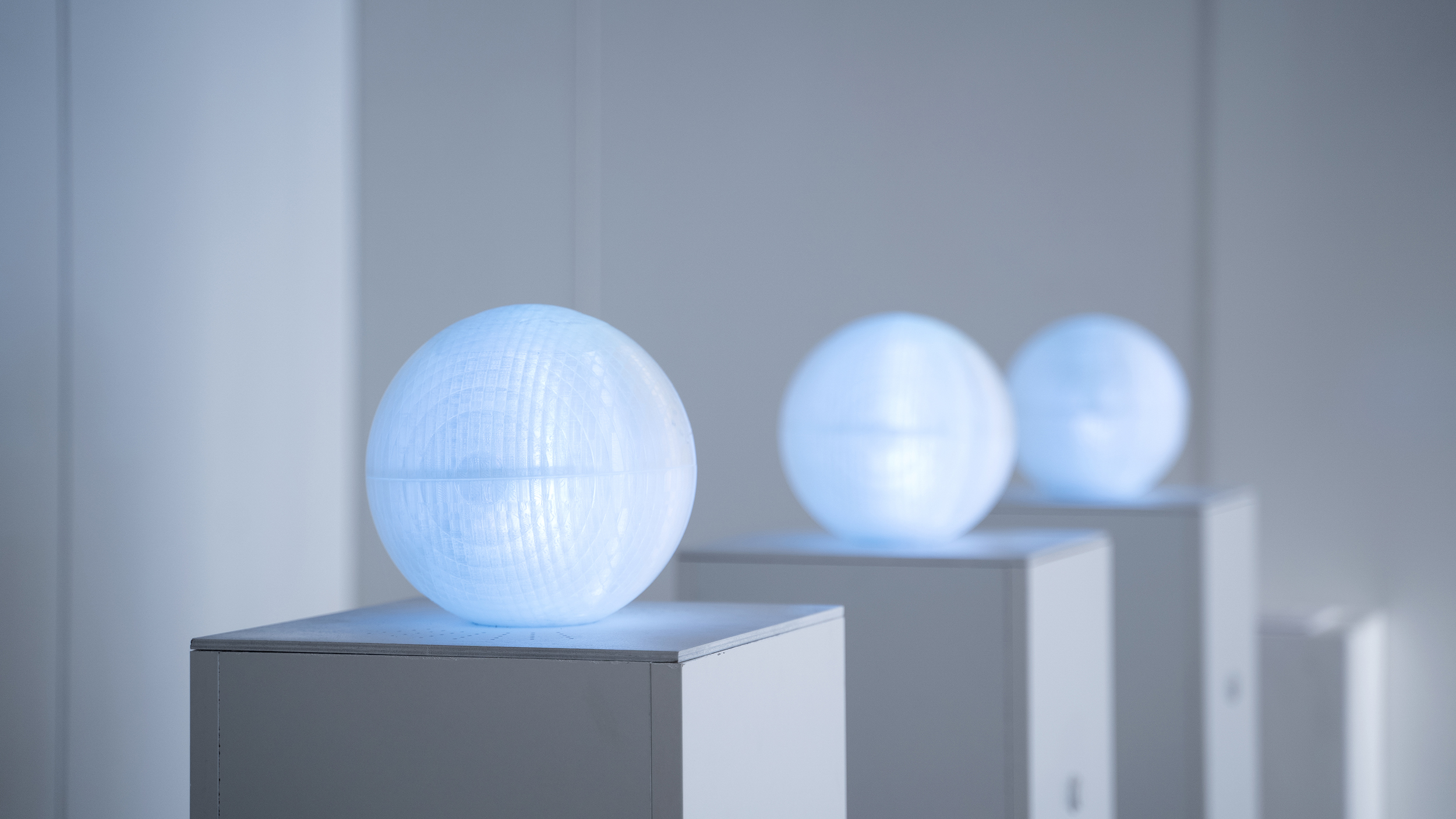
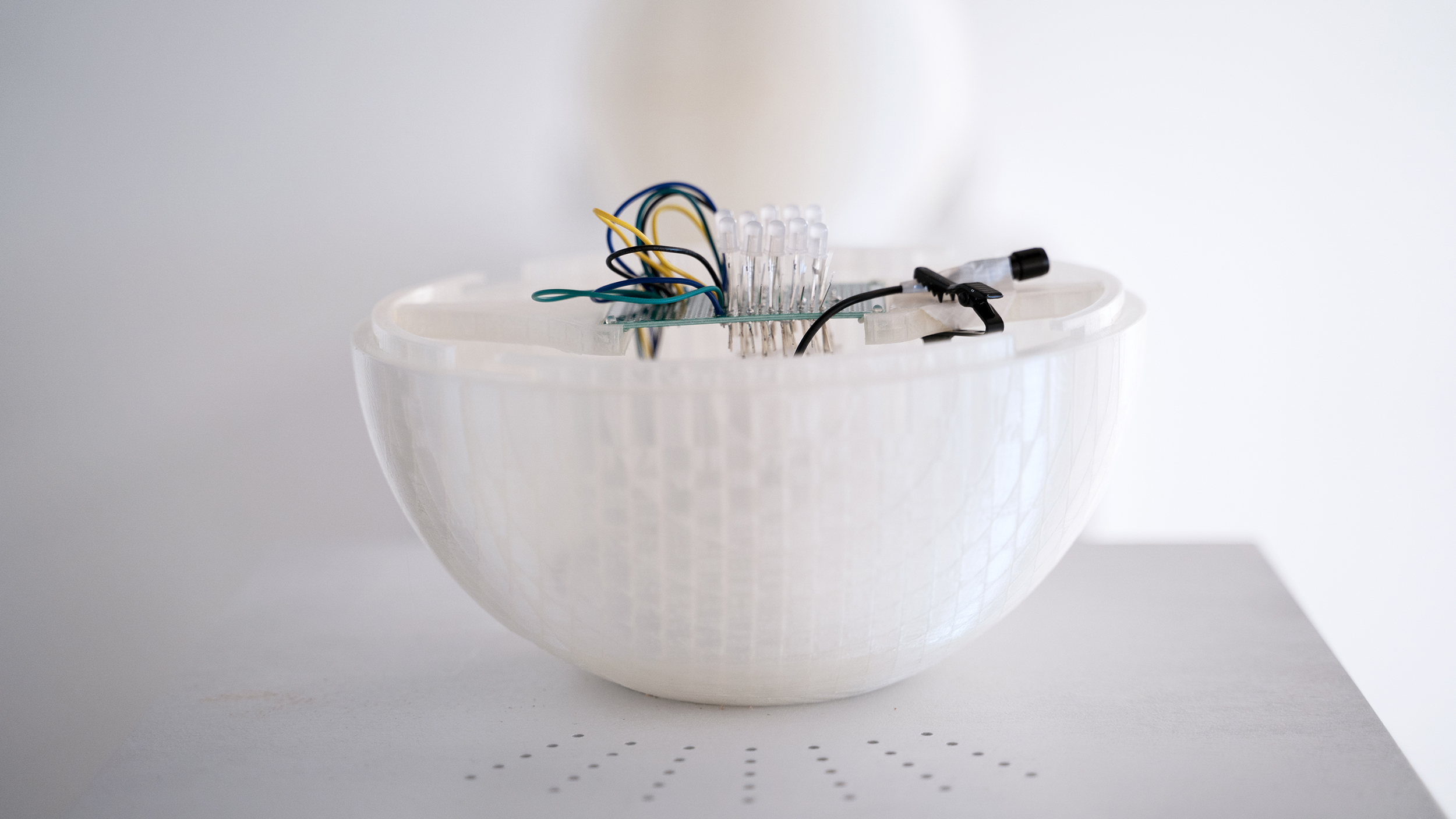
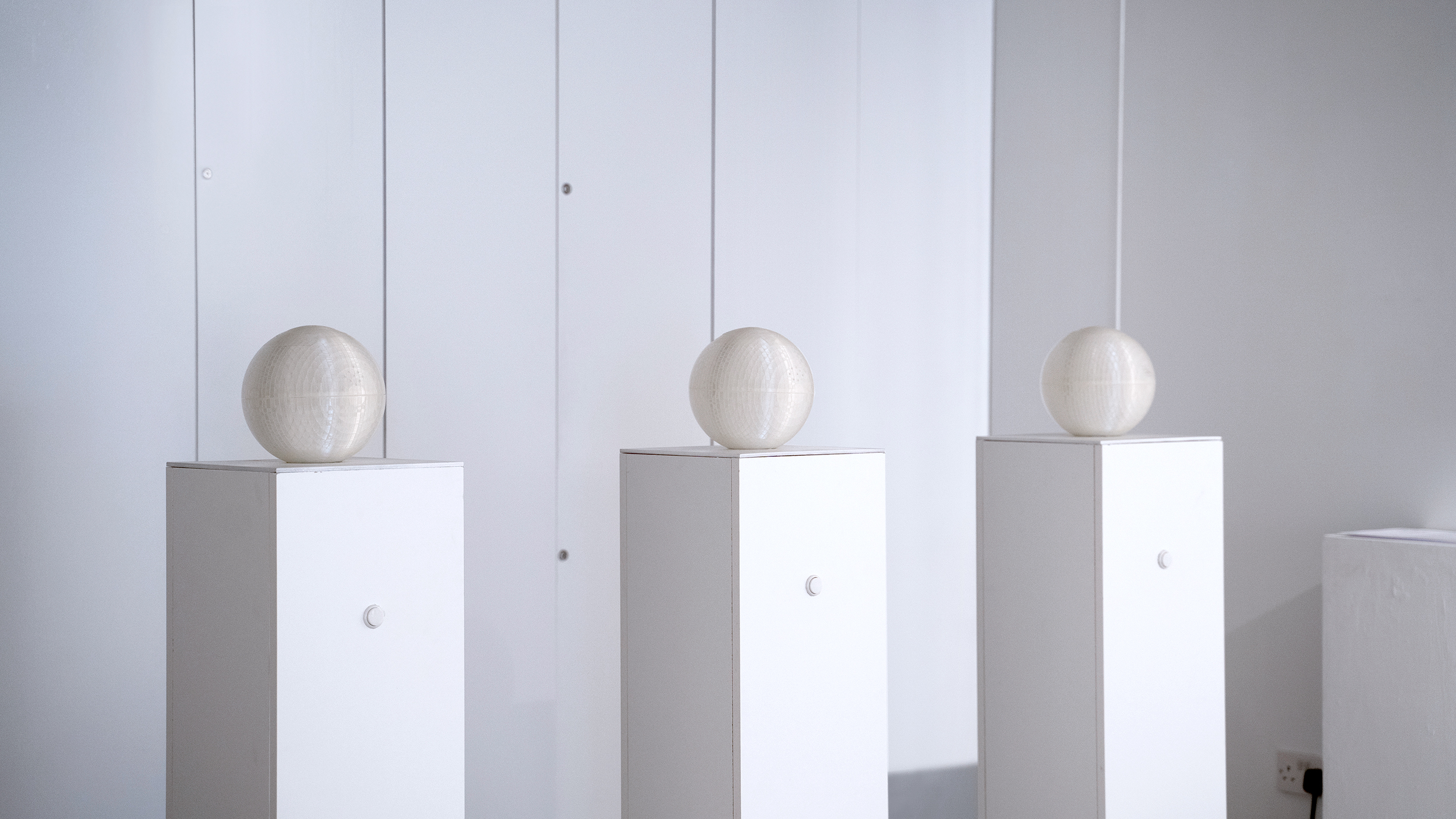
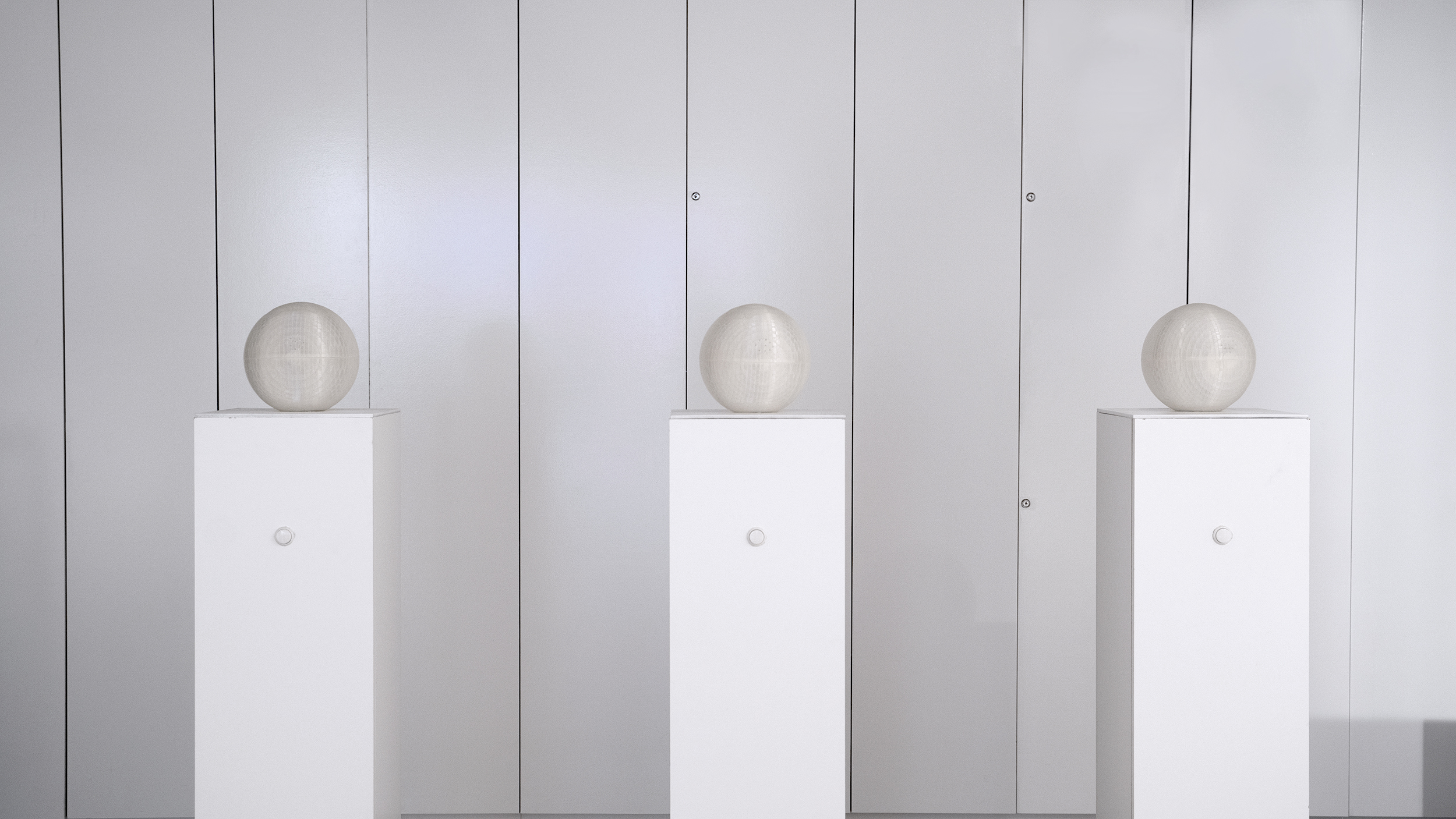
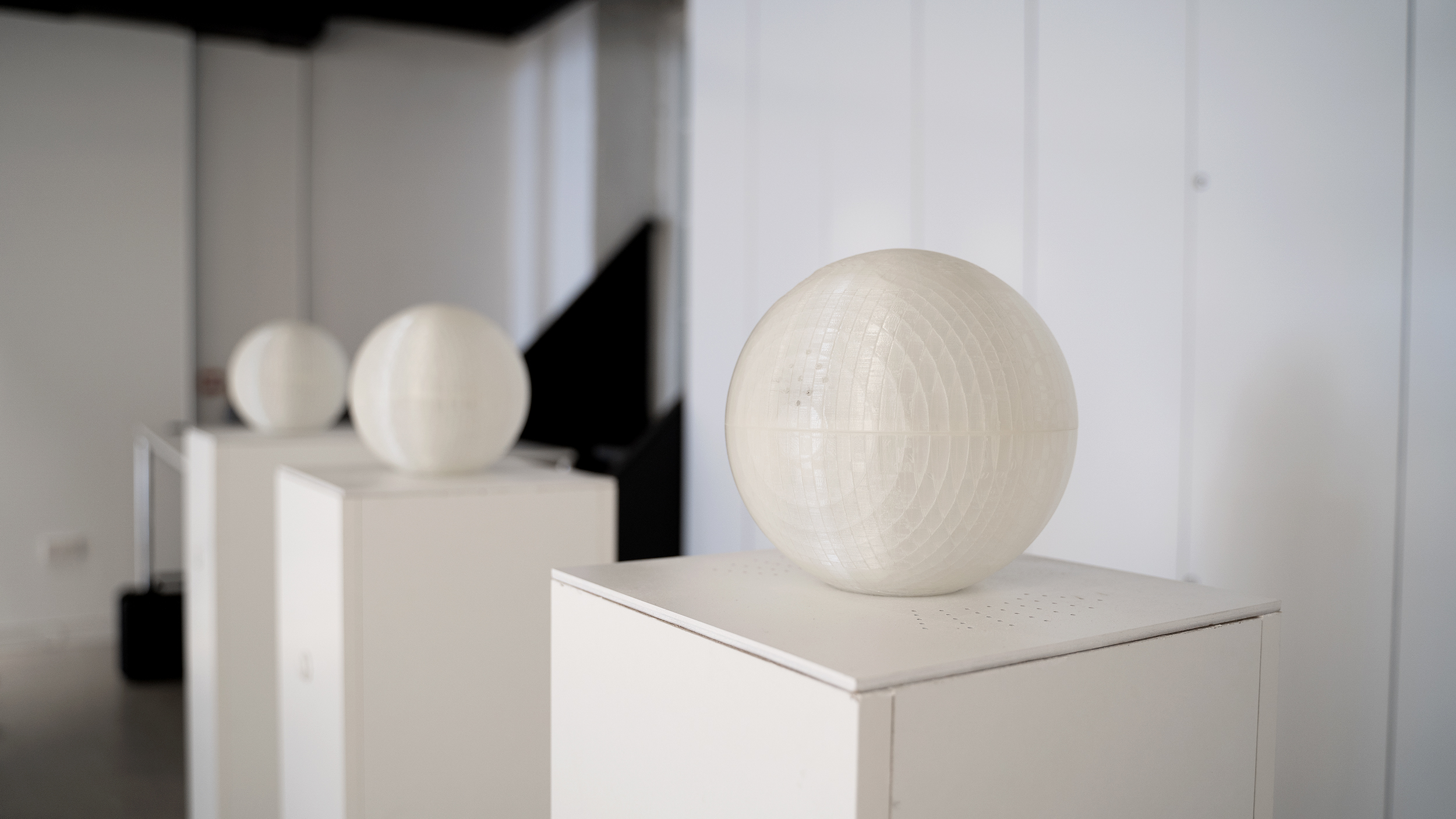
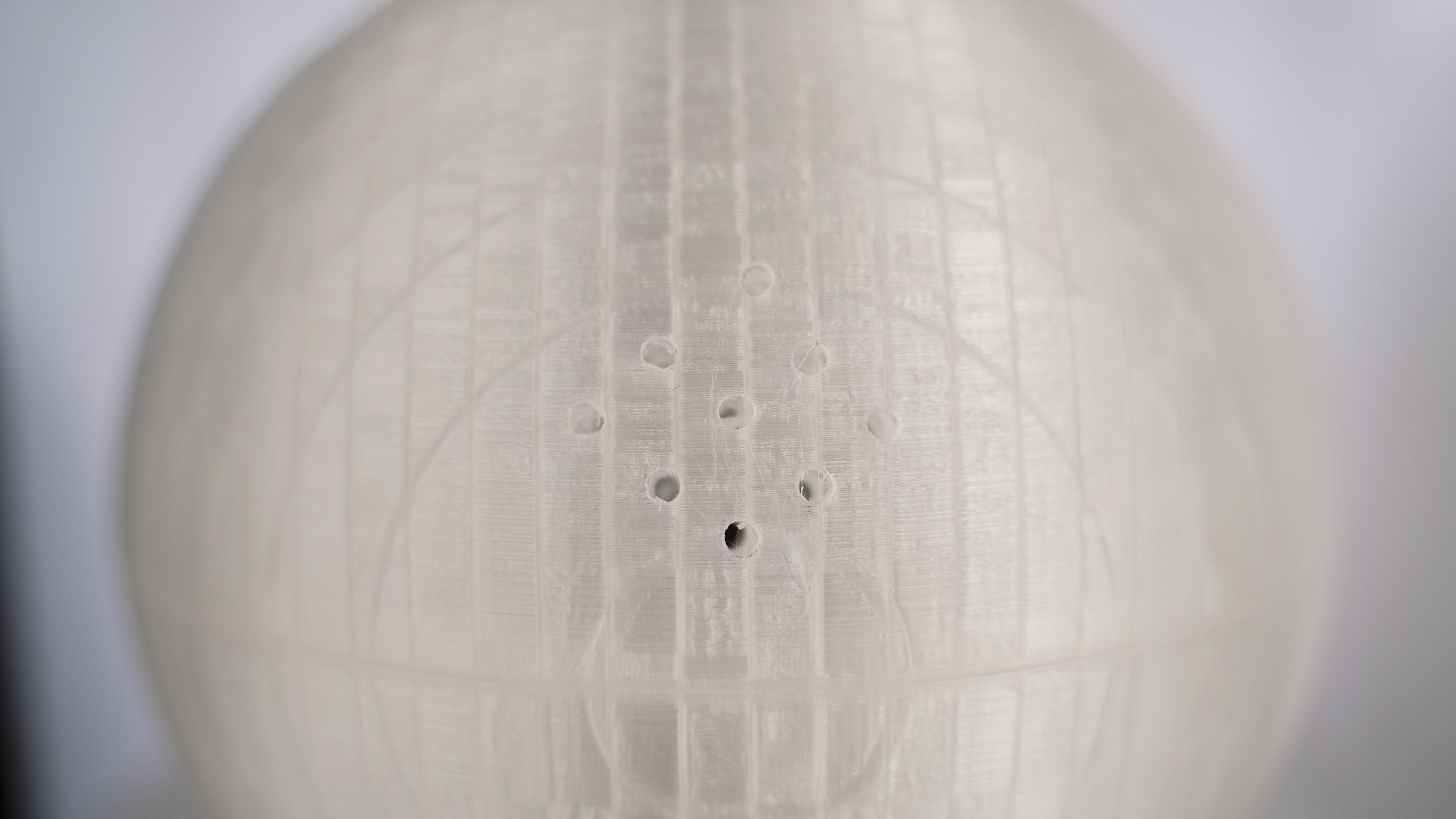
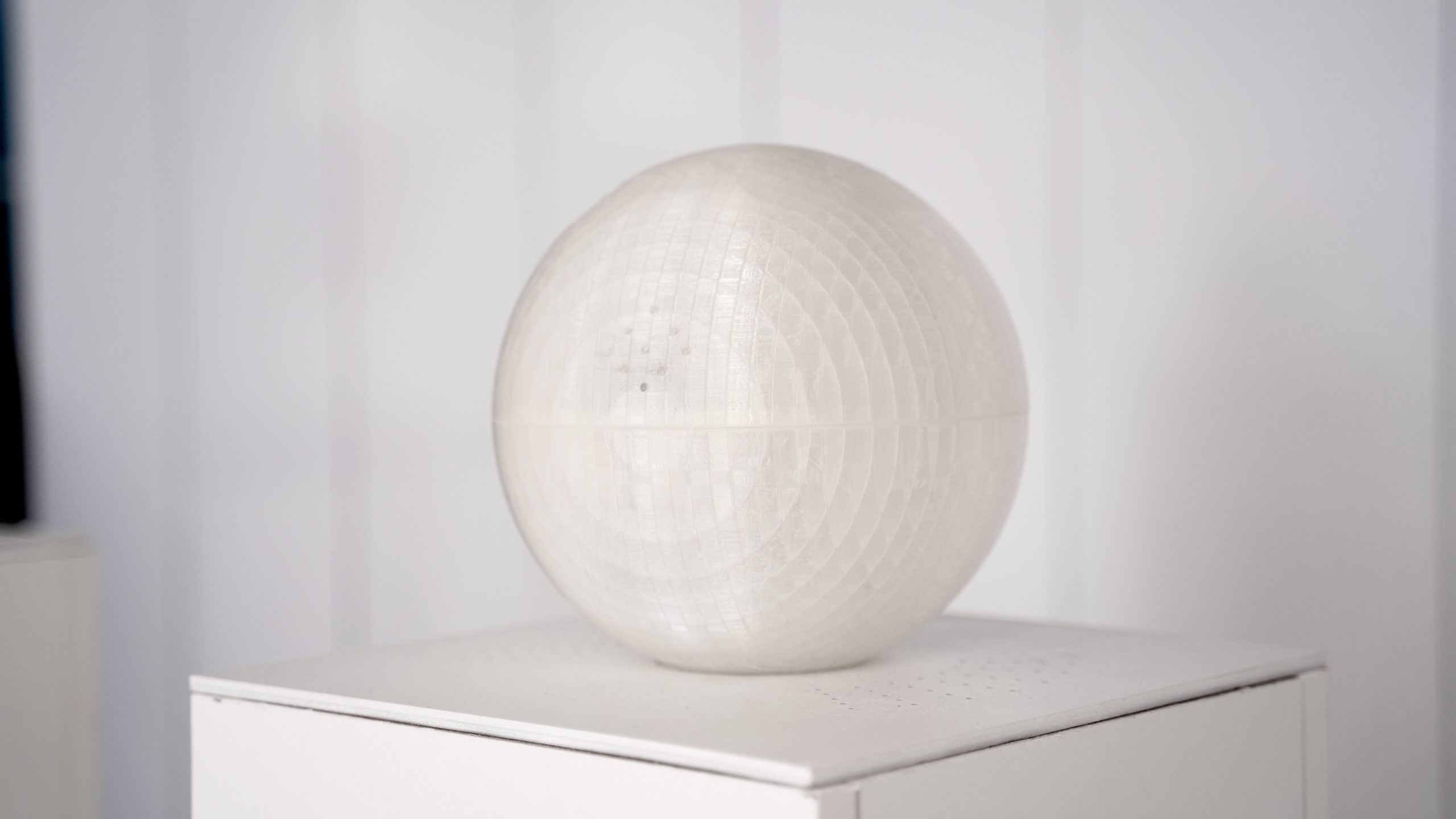
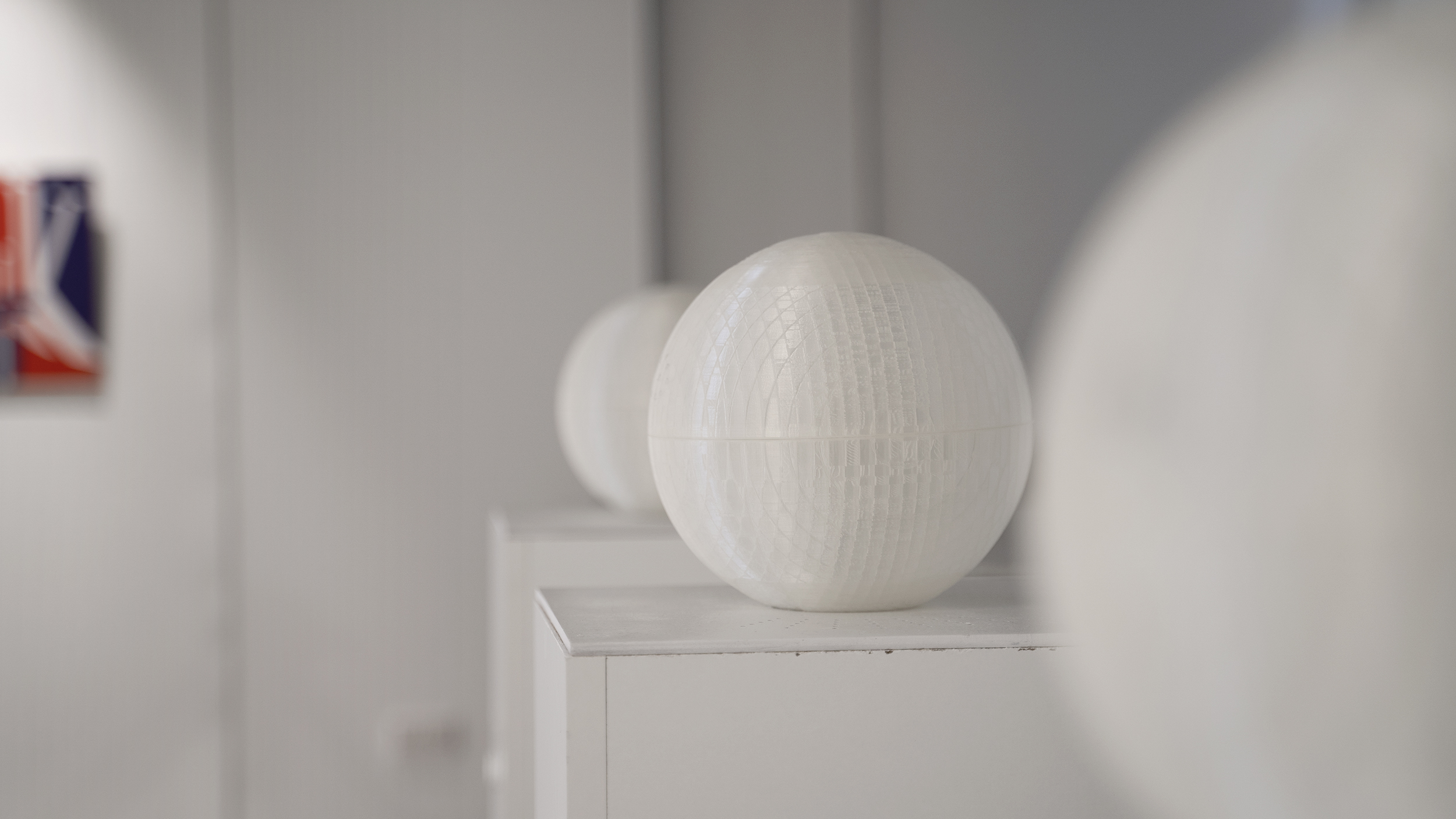
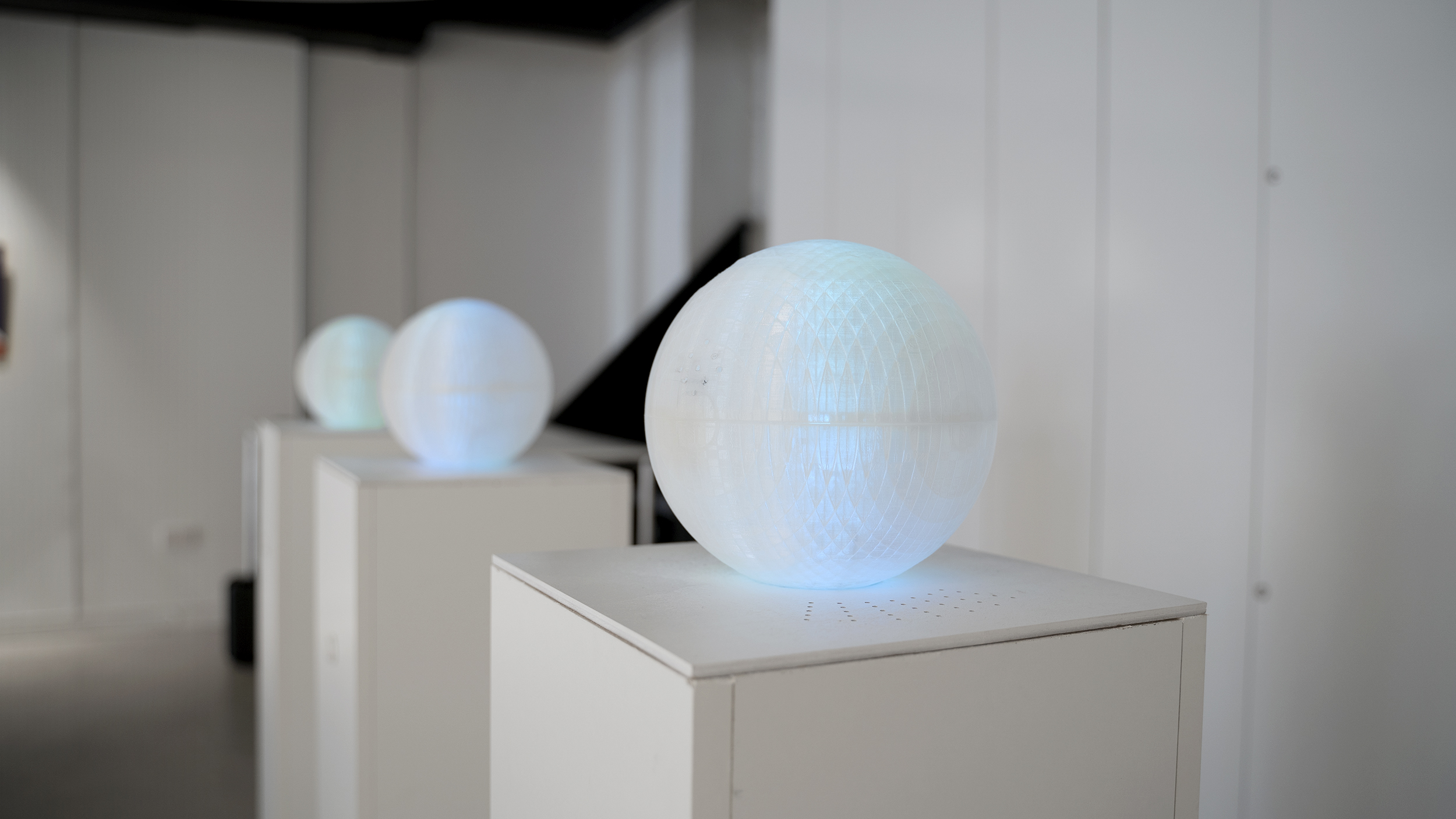
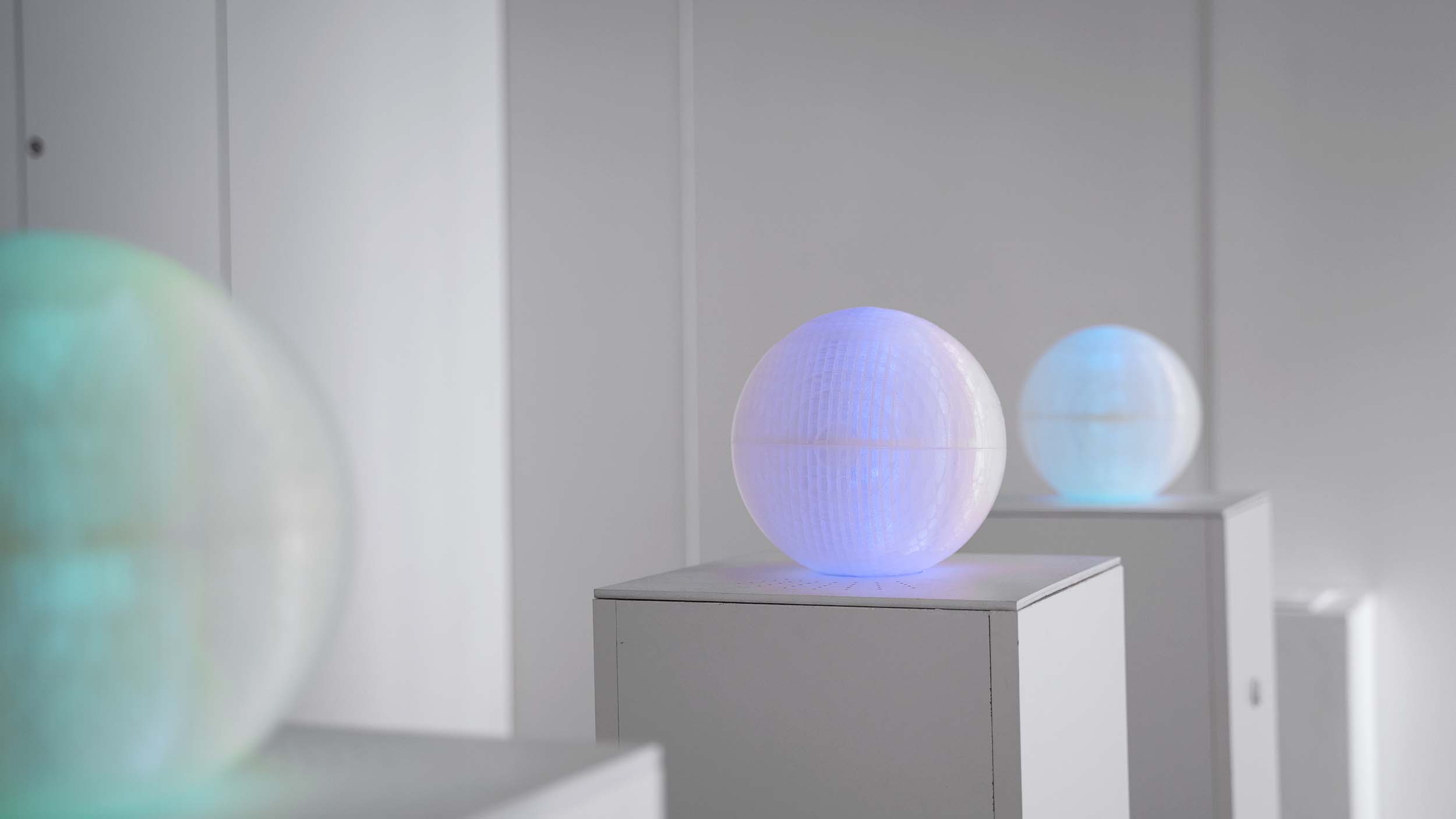
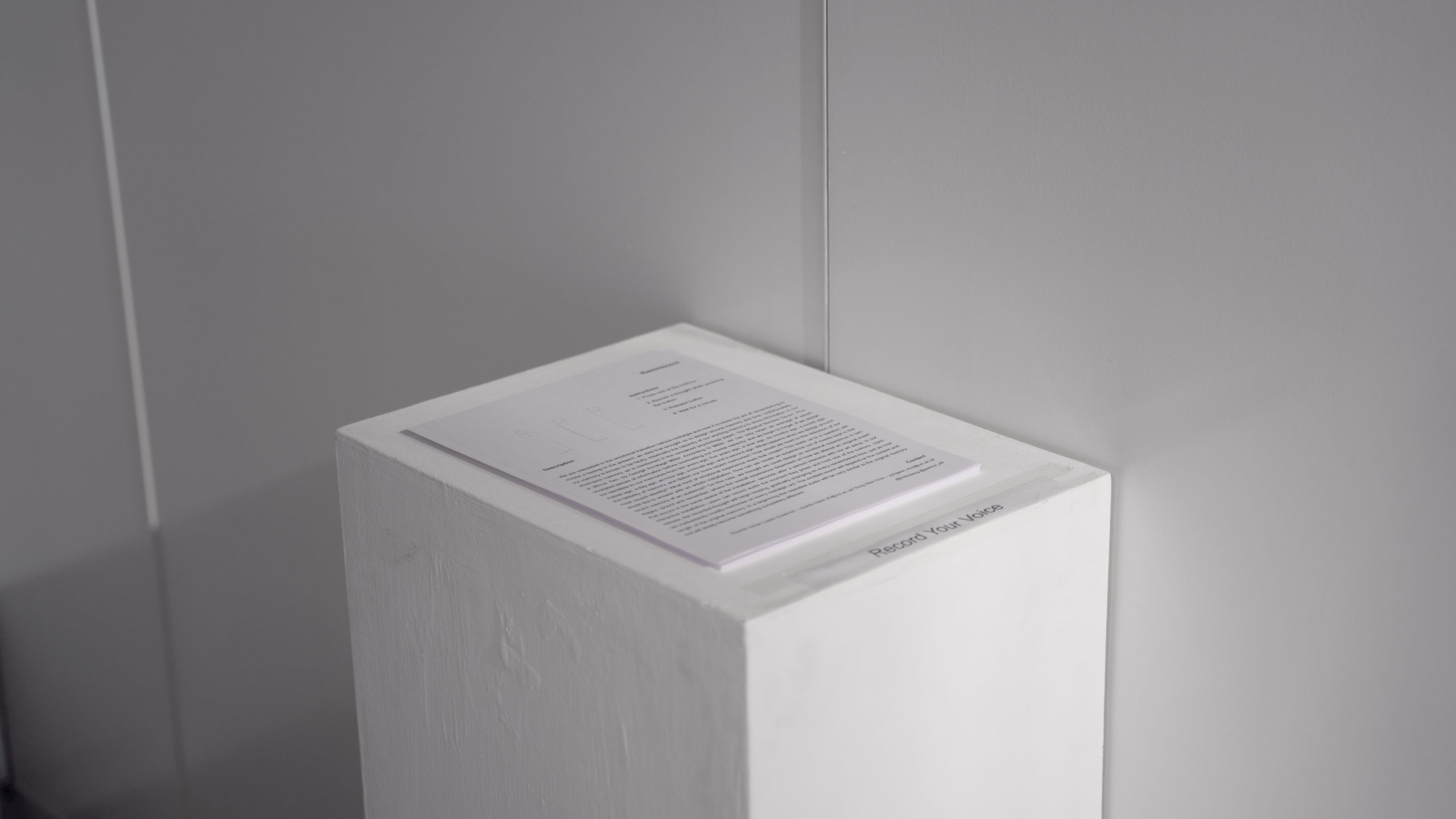
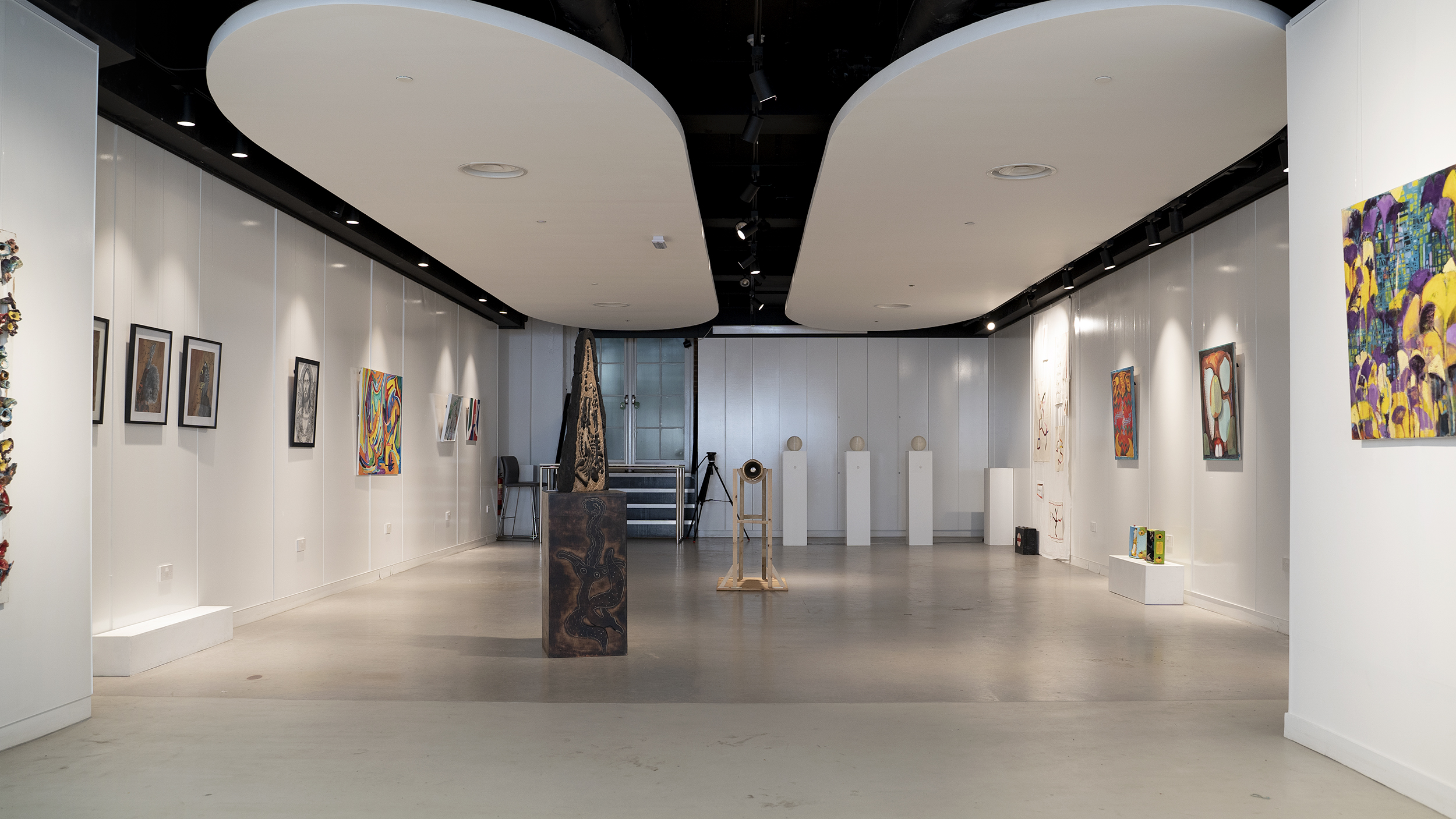
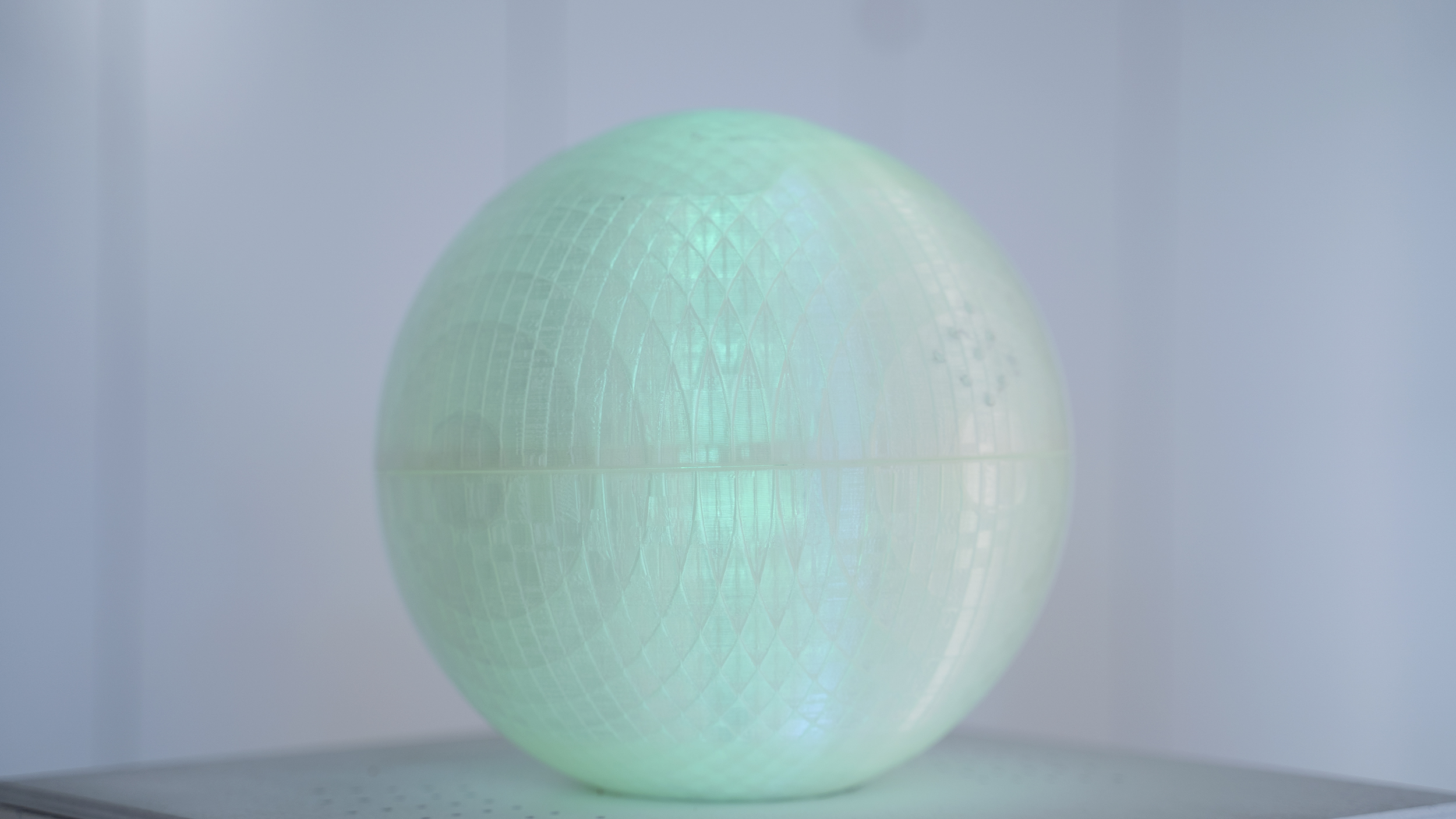
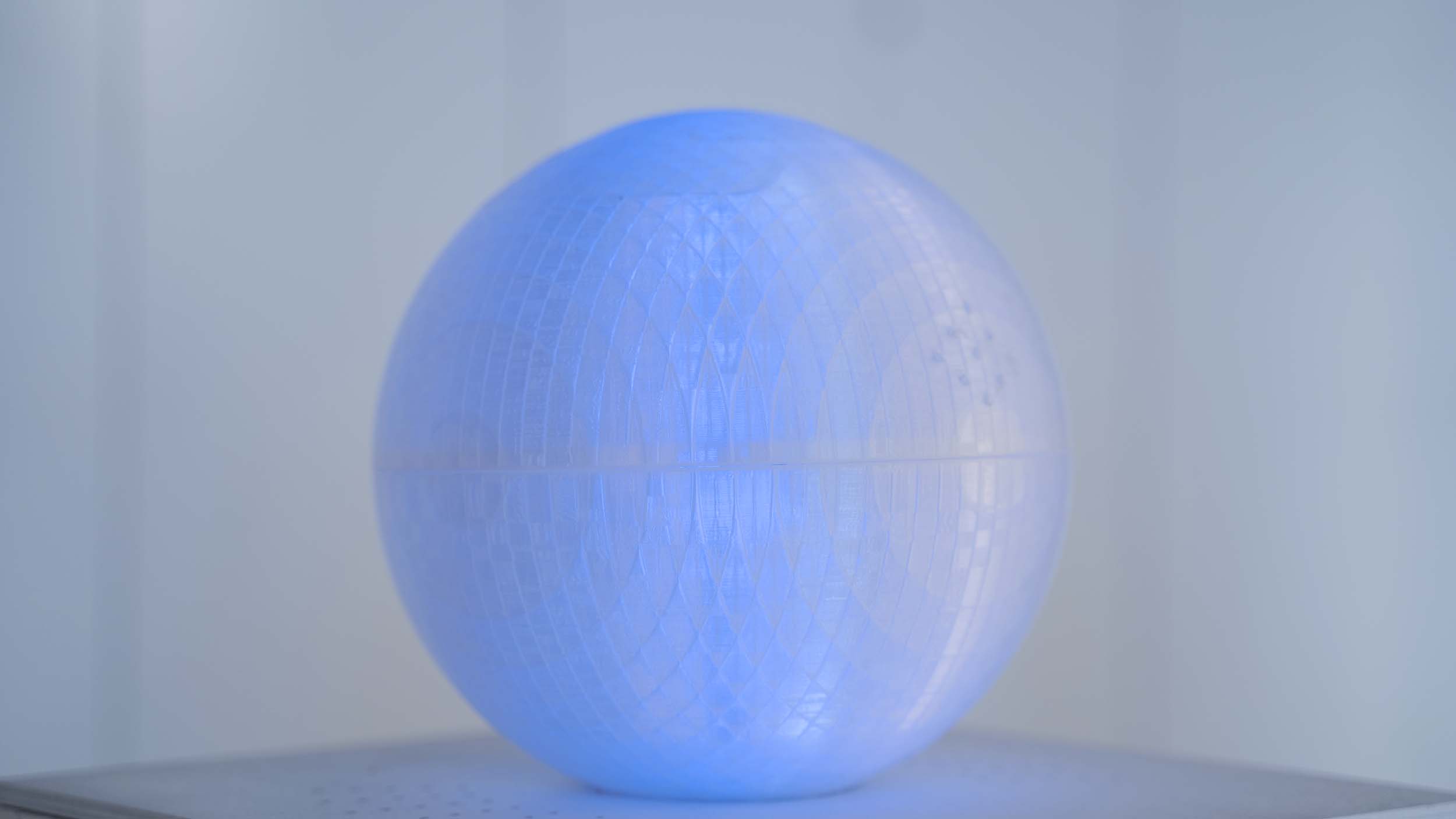
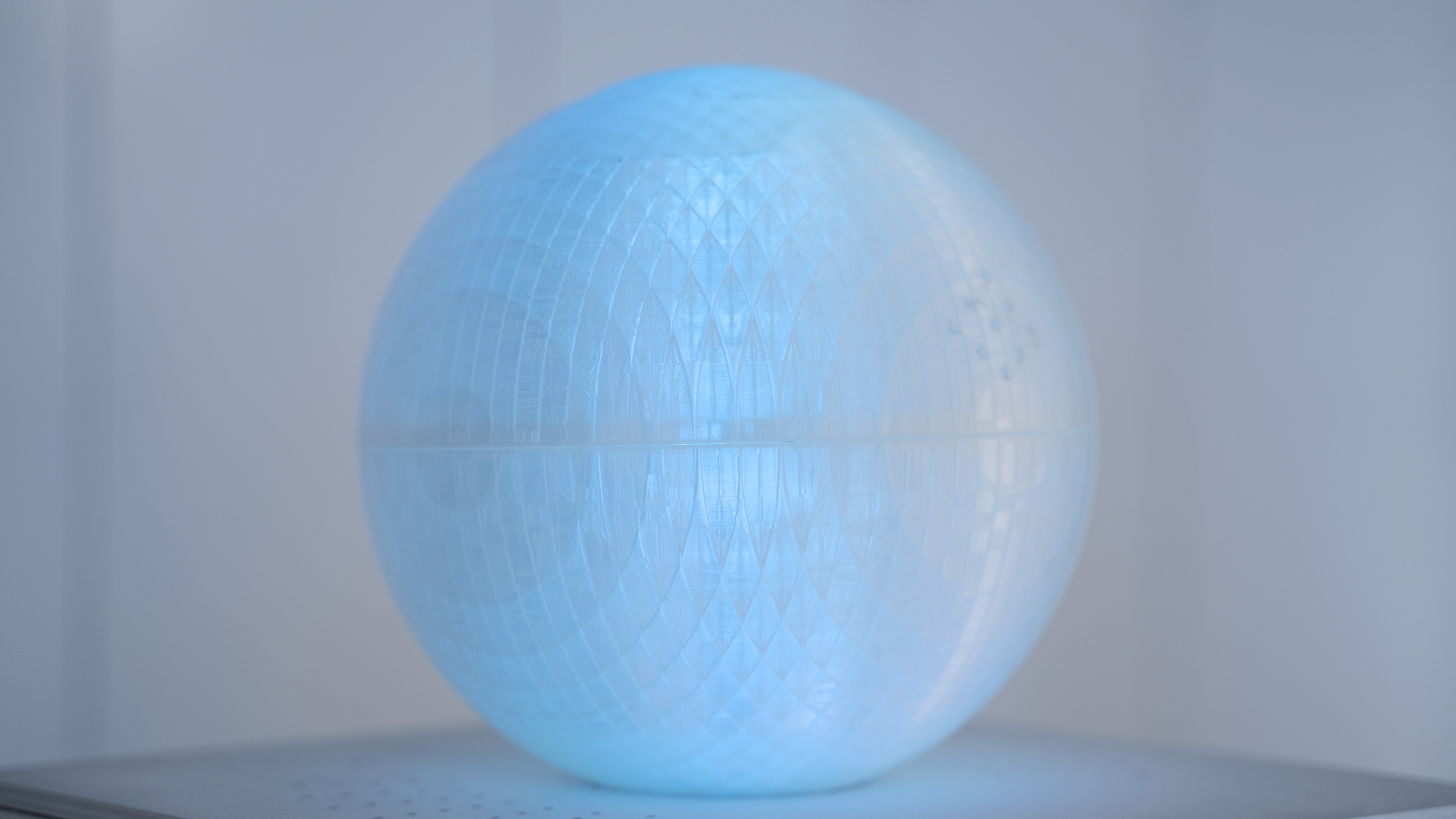
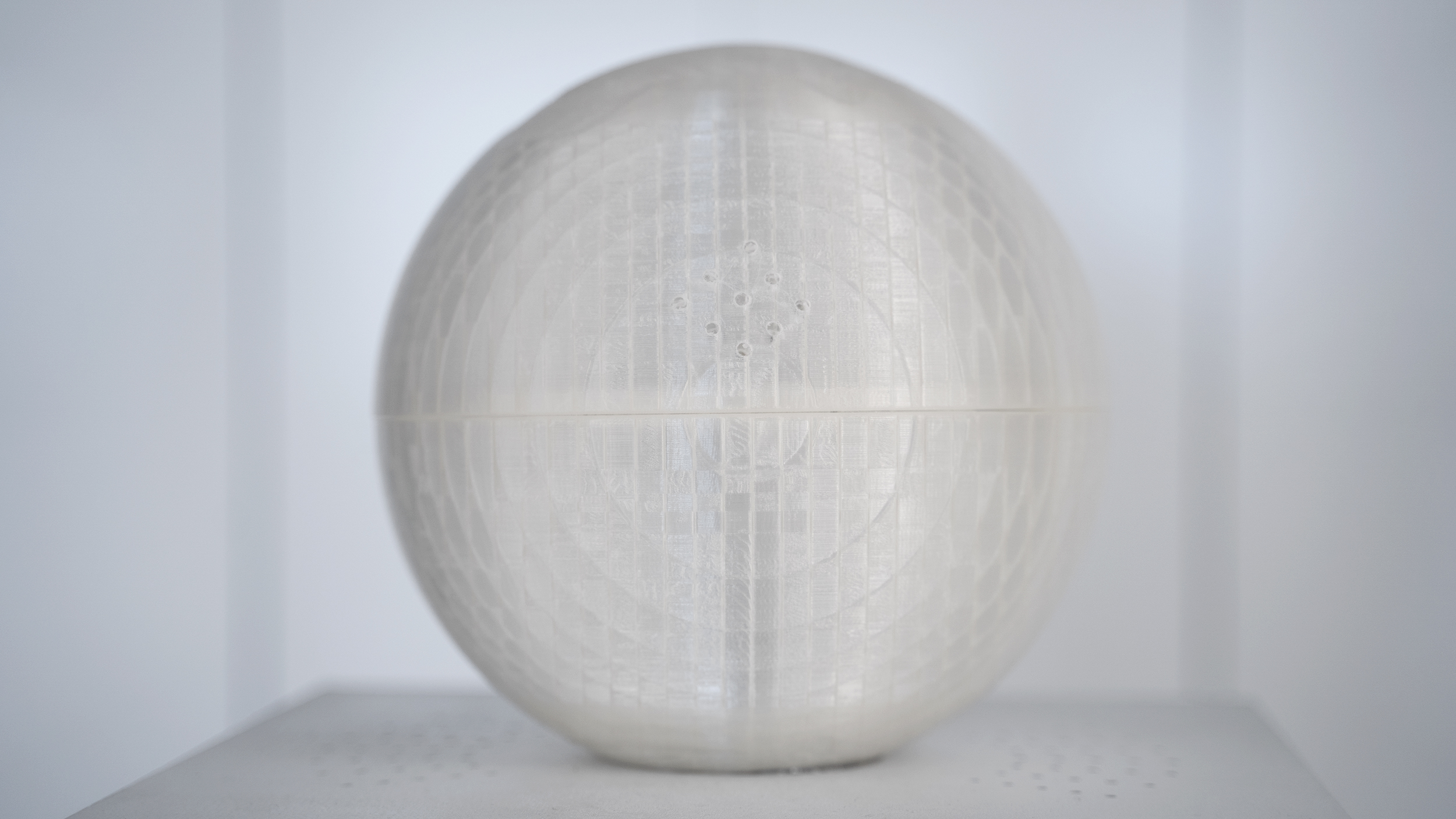
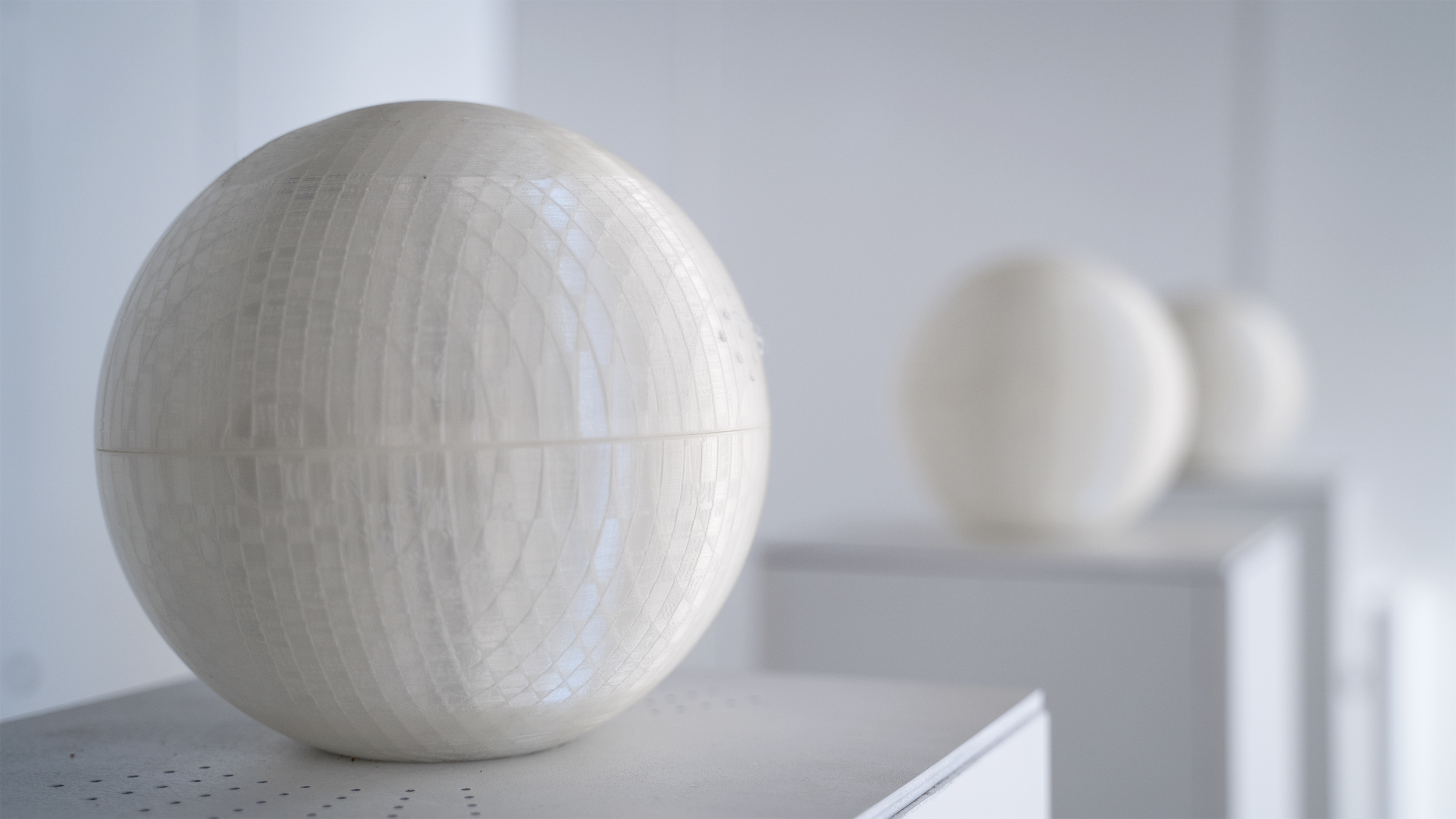
We are interested in the emotional transition behind nostalgia and how it involves the act of remembering to invoke a feeling in the present; an idea that brought us to design around memory and time. Unfortunately, our memory is known to be faulty, especially the capacity of our working memory to store information in our short-term memory, as is mentioned in the renowned psychology paper, The Magical Number Seven, Plus or Minus Two, by George Armitage Miller. According to Miller, we can only retain an average of seven unrelated pieces of information before overloading our mental capacity, and we begin to forget.
If we assign our identities to our memories from ten years ago, five years ago, a year ago, six months ago, a month ago, a week ago, a day ago, an hour ago, a minute ago, and a second ago: What happens when we design around the fallibility of memory, and distort our more recent memories? How would we react to this distortion of our most recent identity? What kind of emotional experience does that create? This leads us to a question we would like to answer with an artistic installation. How can we create an experience out of events kept in the recent memory of an audience?
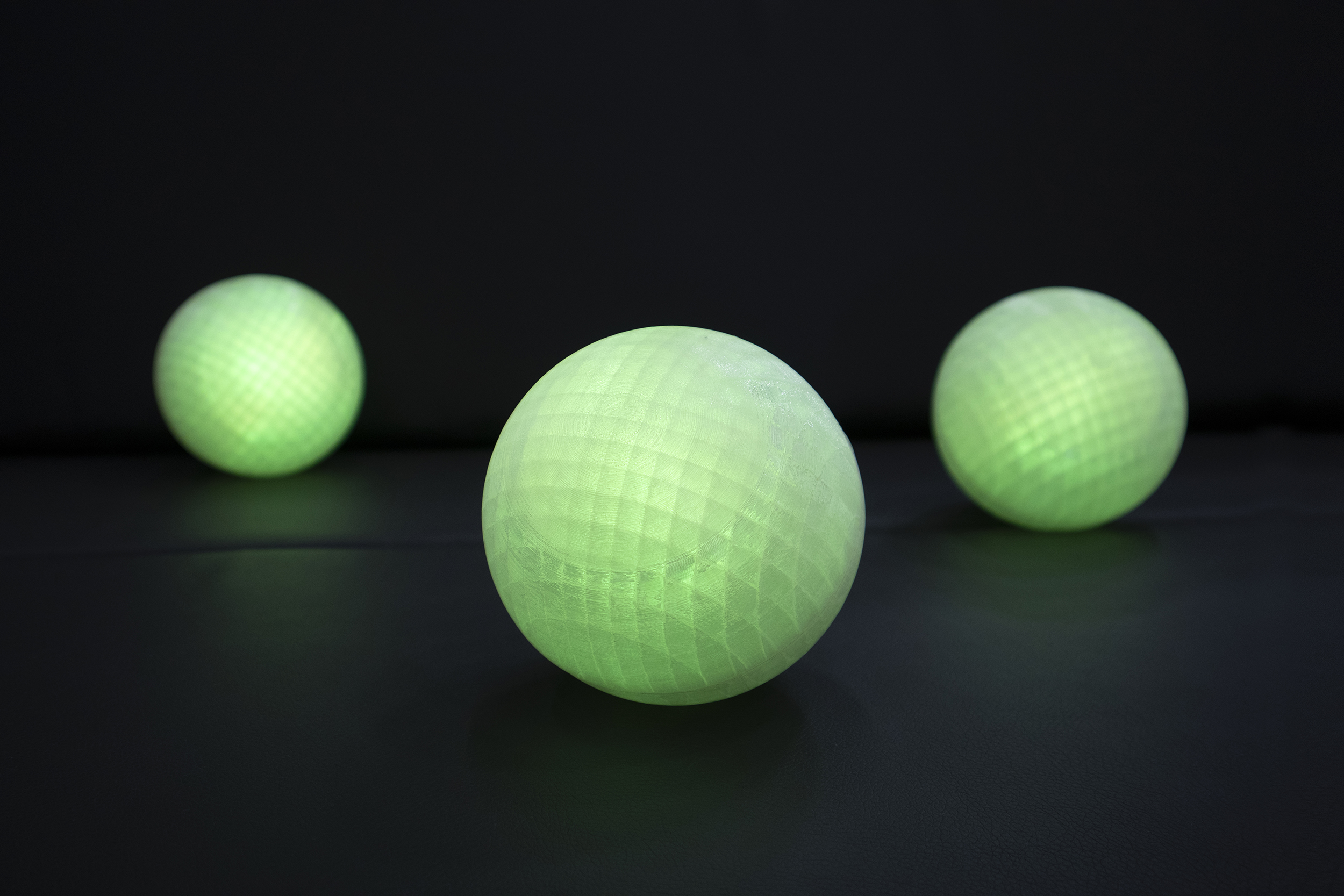
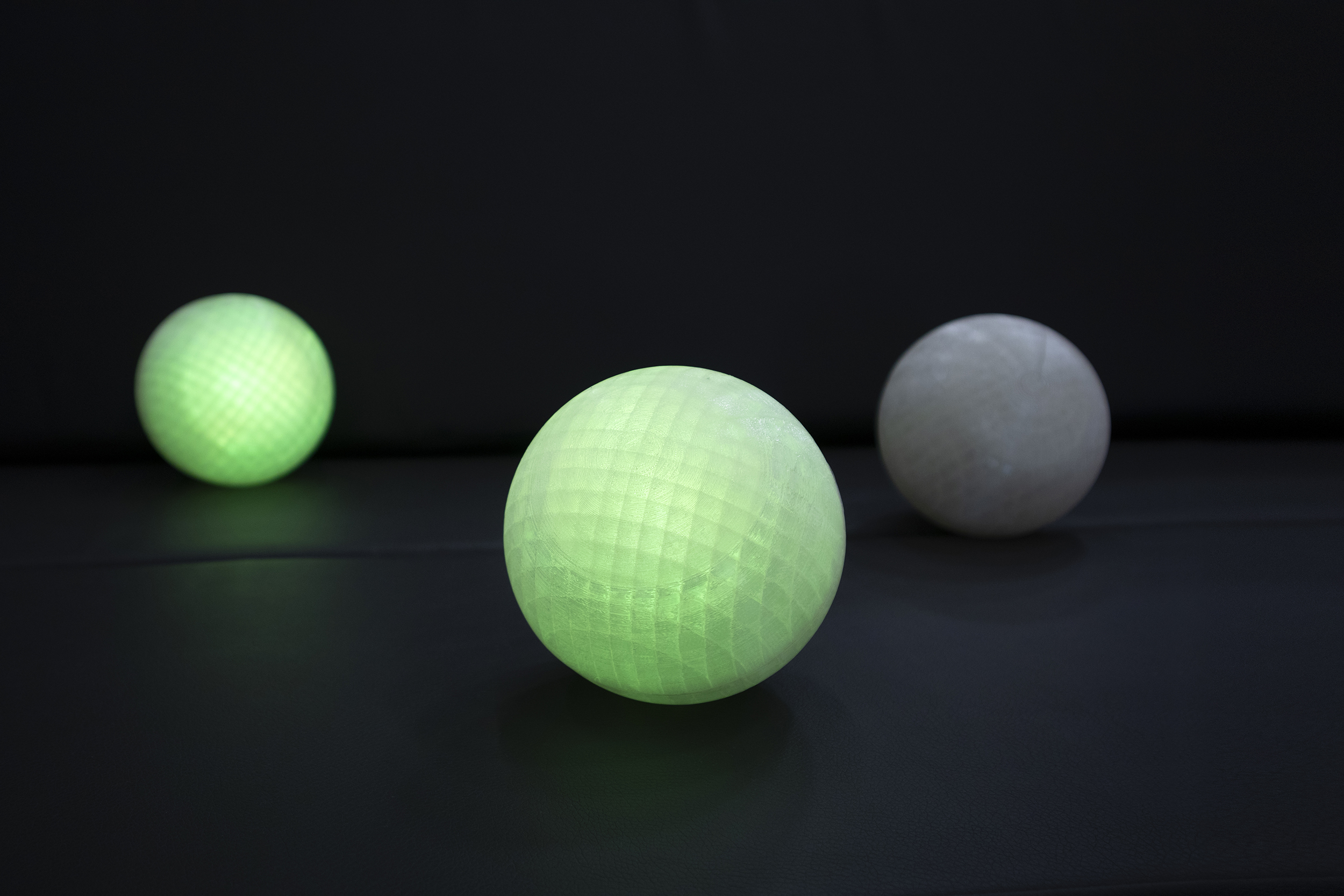
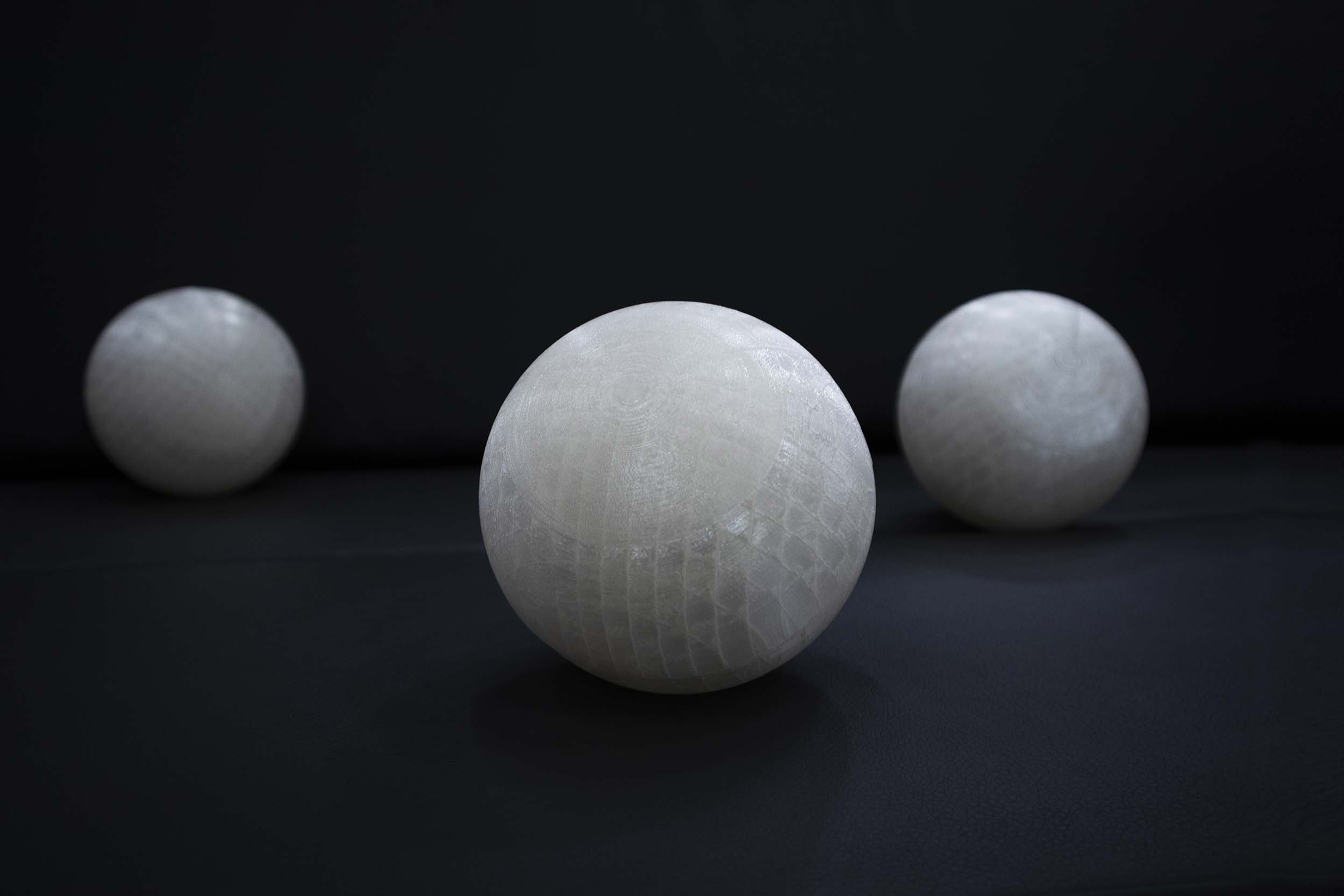
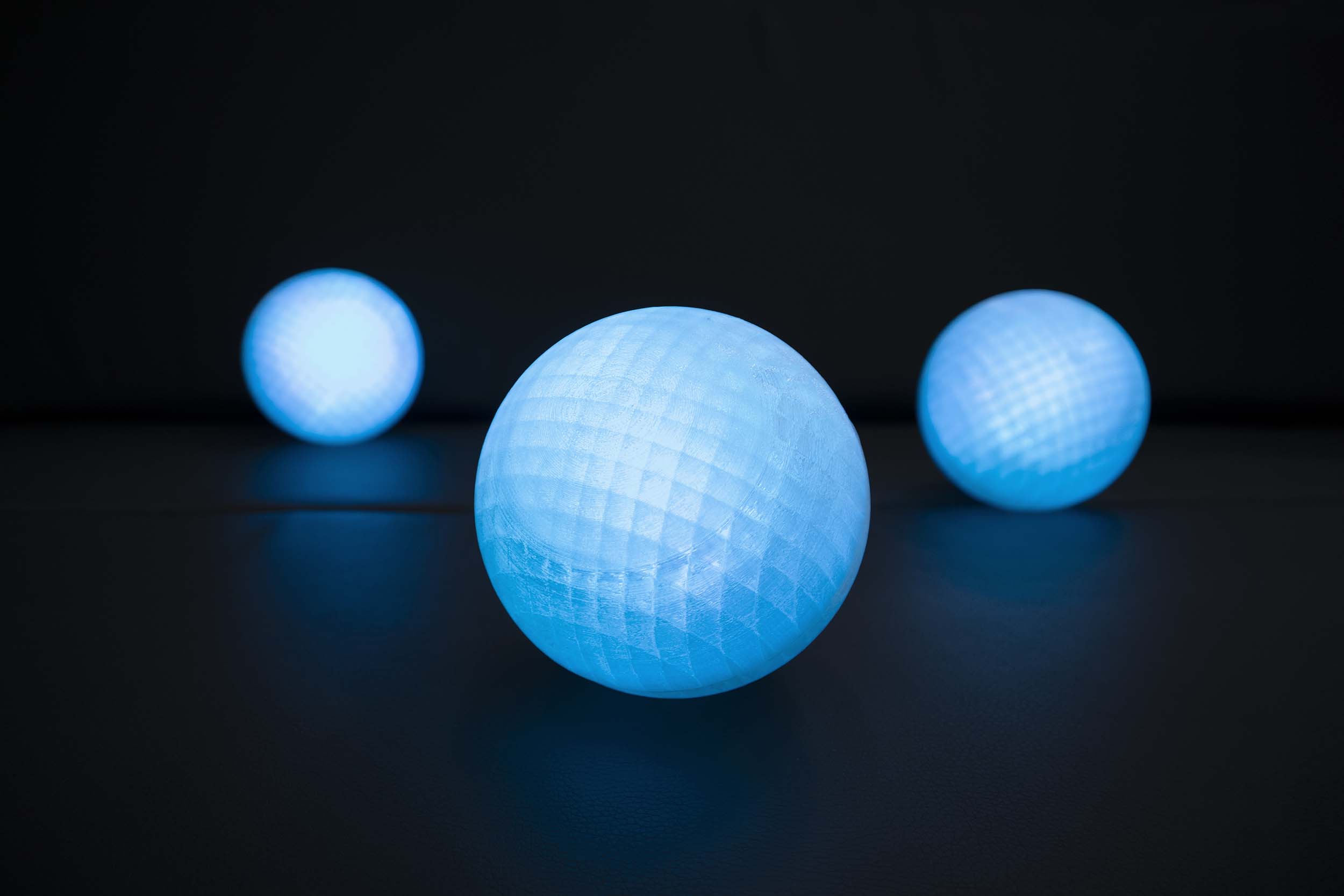
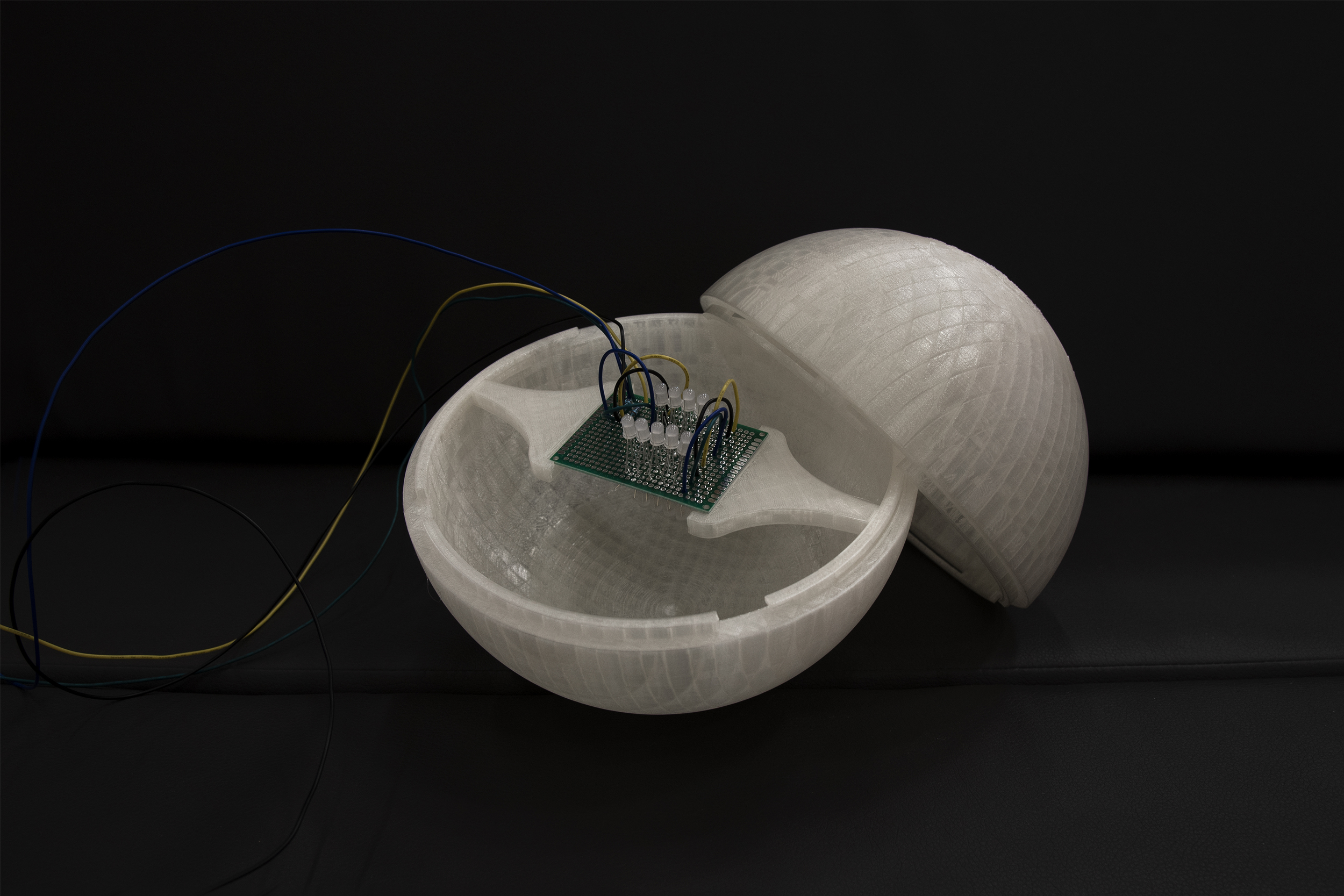
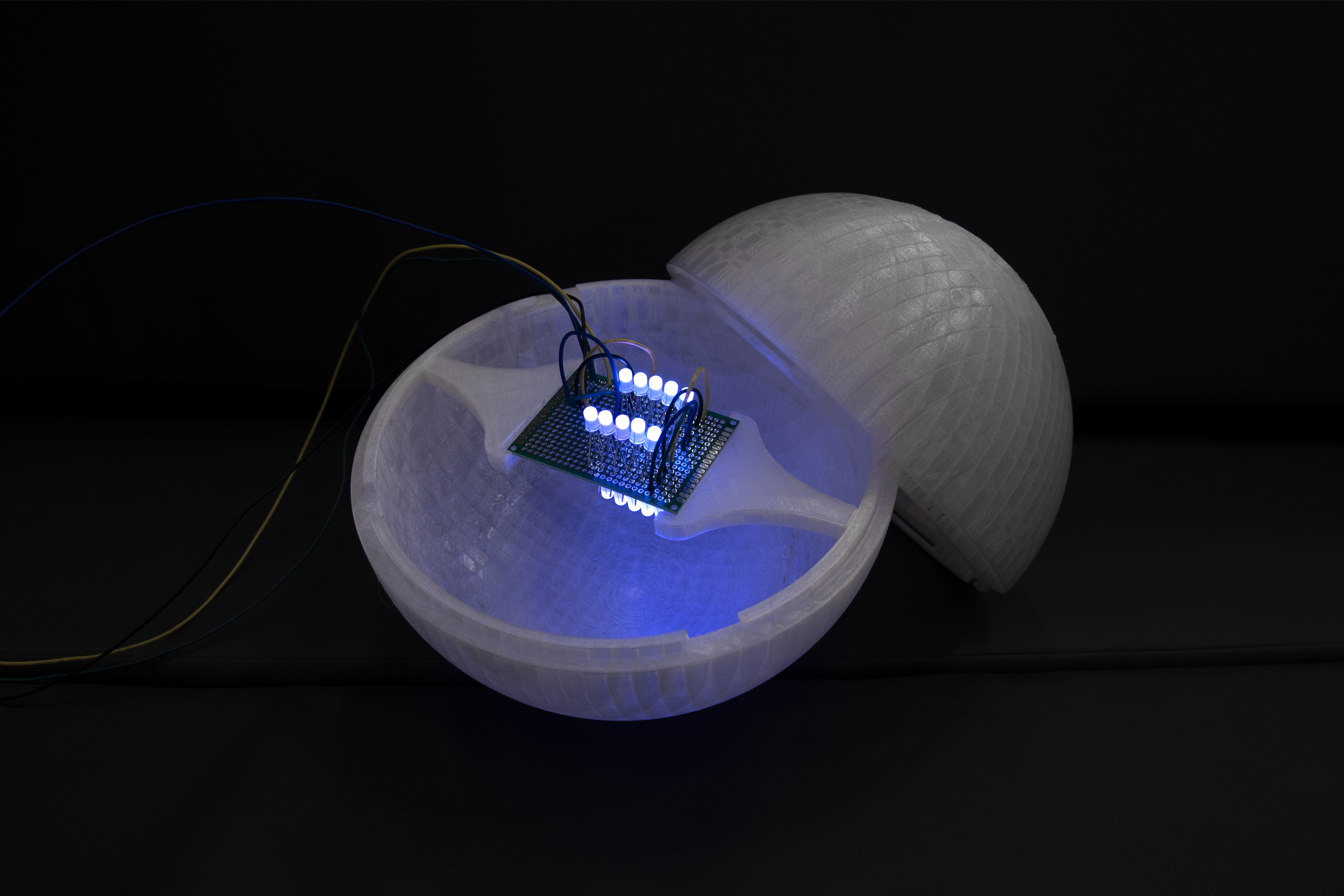
On this note, we thought we could design an emotional experience in two stages, record and remember, where the overall experience depended on how we altered an original event that occurs in the same space of the installation, seconds after a person interacts with our art piece. In our interactive installation, users can record audio the moment they press and hold one of the buttons. Upon release, the recorded thought will begin looping, gradually changing on every remembered loop, just as how we inadvertently modify memories on every nostalgic act. The emitted sound will depend on the content and length of the original memory. In a beginning the repeated audio will be very similar to the original memory but will slowly become something completely different.

A user recorded sample is looped again and again, gradually diminishing in volume on every cycle. Simultaneously, a sine wave plays in the background, matching the length of the original recording. The sine wave gradually increases in volume on subsequent loops, until both sound sources blend and the initially recorded words have become music. Resulting music depends on length of recording.
